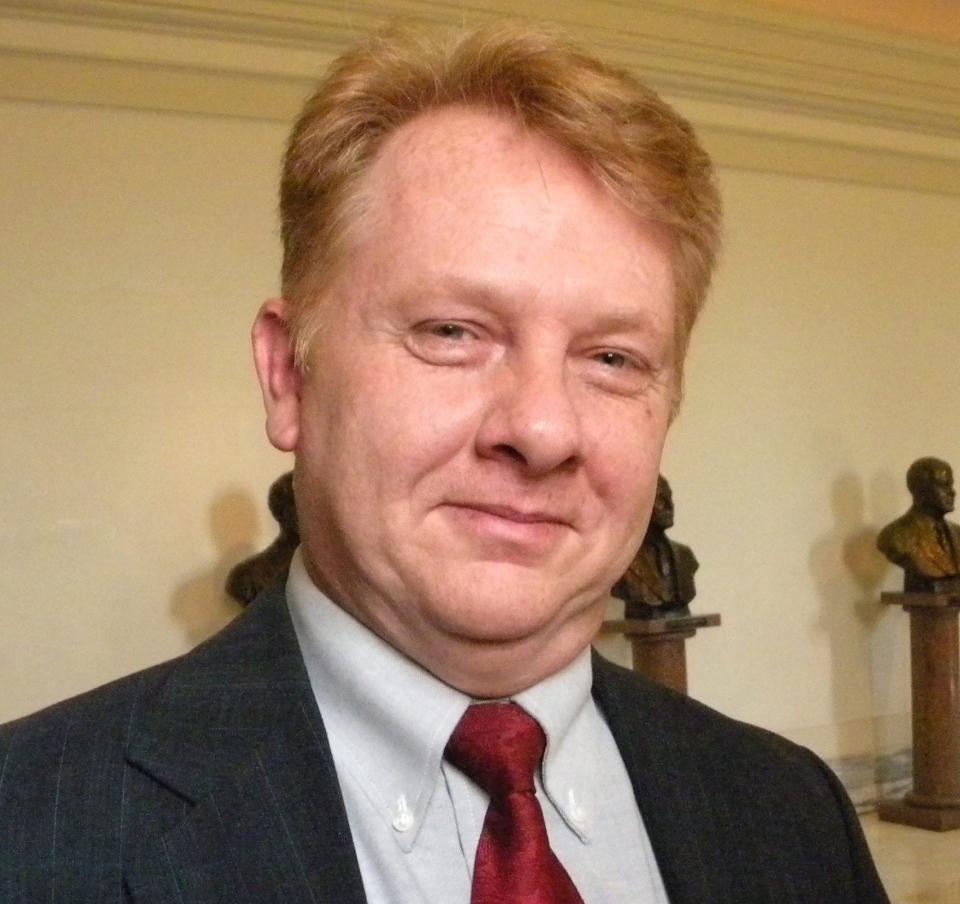Top-two voting is not the only way to have an open primary. Oklahoma can do better
Groups and individuals seeking to copy California’s top-two jungle primary system are marketing it as an open primary, without mentioning that it’s not the only way to have an open primary, and indeed, isn’t even the most common.
Oklahoma advocates of the top-two system also fail to mention that Californians are highly critical of it after constantly experiencing noncompetitive races between candidates of the same party and other undesirable results.
And while it is probably seen as a benefit to the establishment politicians who support top-two primaries, it’s an election scheme that is harmful to alternative parties and candidates and would make it so that voter–empowering election reforms such as ranked-choice voting would not be possible in general elections.
More: Ranked choice voting ban would be a slap in the face to Oklahoma military members | Opinion
The National Conference of State Legislatures offers an informative description of state primary election types. Oklahoma has partially closed primaries, where political parties may choose to allow unaffiliated voters (called independent in our state) to participate in their primaries or restrict them only to those registered with that party.
The top-two system is accurately designated a multi-party primary in which all candidates of any or no affiliation are listed on one ballot. It is differentiated from traditional open primaries where any voter may choose the primary ballot of any party. Fifteen states have traditional open primaries, with an additional seven having a similar system where all primaries are open to unaffiliated voters. Washington is the only other state to have a California-style top-two system.
What are people saying about Top Two voting?
More and more observers of California elections are calling for repeal of Top Two, with opinion pieces critical of the system in Bloomberg News, the Los Angeles Times, the New York Times, California’s Capitol Weekly, the Wall Street Journal, and Independent Voter News in just the past two months.
Opponents point out that it has neither reduced partisanship nor resulted in the election of more moderate candidates. Statewide races in California are either between two Democrats, non-competitive, or both in the general election.
Top-two also has potential to thwart the majority, such as in the 2016 Washington state treasurer election where three Democrats combined for 51.5% of the vote but split the vote so evenly that the two Republicans advanced to the general election.
More: Letters to the editor: Bill would limit voting methods, teacher bonuses, Ryan Walters, being kind
Enacting California-style top-two primaries in Oklahoma would result in general elections between two Republicans most of the time, but looking at all candidates in the 2018 gubernatorial primary, the top vote-getters were the two Democrats, Drew Edmondson and Connie Johnson.
In the most recent California U.S. Senate primary, the perverse incentives of Top Two caused the two most popular Democrats to run ads intended to boost votes for two Republicans in what The Nation called “the sort of tawdry dirty trick that California’s bizarre open primary system, in place for the past 13 years, encourages.”
Independent and alternative party candidates are severely disadvantaged by top-two jungle primary schemes.
Only one candidate outside of the two establishment parties has made it to a November ballot in the past 13 years for a statewide election in California under the system, that being independently wealthy Steve Poizner who ran and lost for insurance commissioner in 2018, an office he previously held as a Republican.
Only in the presidential race do California voters see any diversity of choices in a high-profile contest, because that election is exempted from top-two, a system that allows the minority of voters who participate in primaries to remove entire categories of candidates from the general election ballot when the majority votes.
It also would make a promising reform like ranked-choice voting that empowers voters impossible in general elections as there would be no point in ranking just two candidates.
Can we learn from California?
As the number of voters registered independent continues to grow nationally and in Oklahoma, it becomes increasingly desirable to open our state’s primaries.
But it is unwise to be tricked by top-two advocates into believing that a jungle primary is the only way it can be done.
There’s no evidence that California is any less partisan or more moderate. In fact, it’s been quite the opposite.
Ranked-choice voting, which can’t be done in two-candidate general elections, offers much greater potential to increase voter choice and reduce partisanship.
Traditional open primaries, where any voter may choose any party primary ballot, are the most popular method in the U.S. even if jungle primary scheme advocates never mention them.
A reasonable intermediate step would be having all primaries open to voters registered as independent. Every Oklahoman ought to oppose any move toward the undemocratic California-style top-two system which reduces voter choice and increases polarization.

Chris Powell is the chair of the Oklahoma Libertarian Party and was the party's first nominee for Governor in 2018.
This article originally appeared on Oklahoman: Oklahoma primaries should be open to voters registered as independent

